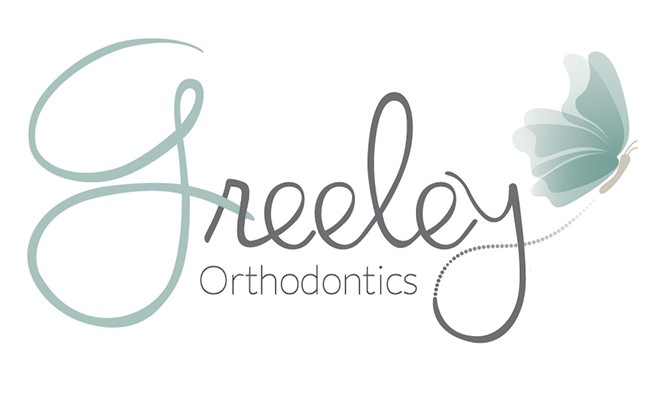The High Cost of Ignoring Sleep-Disturbed Breathing
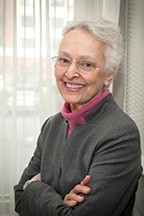 By Dr. M. Constance Greeley
By Dr. M. Constance Greeley
As I mentioned in previous articles, there are considerable benefits to early orthodontic evaluation and (when indicated), orthodontic treatment for children between the ages of six and twelve. The most significant advantage of early intervention is the correction of sleep-disturbed breathing which carries with it many long-range consequences.
The truth is that early treatment is often not orthodontic but orthopedic. And actually, the formal name of our specialty is Orthodontics and Dentofacial Orthopedics. Undisturbed breathing supplies oxygen to the growing patient which is essential to promoting proper growth and development of the jaws and other bones in the head.
Our profession has worked persistently to disseminate the accurate perception that the function of orthodontics is not only to straighten teeth. Although having a pleasing smile certainly carries many obvious advantages, a truly beautiful smile is really the outcome of having a functional bite and a balanced jaw relationship, which allows form and function to go hand-in-hand. This is why many experienced orthodontists eschew over-the-counter or mail order treatment. This concept of “do-it-yourself” dentistry can result in issues that don’t appear until later when the vendor may no longer be available to address them.
Knowledgeable orthodontists have learned through repeated experiences that once an adult develops sleep-disturbed breathing- or even worse – sleep apnea, he or she faces the prospect of expending much time and money for effective treatment. A great deal can be avoided if symptoms are recognized early in the developing stages of life.
For example, it is not the norm for a young patient to have multiple strep infections in one winter. In addition to risks inherent in multiple courses of antibiotics, the automatic need to employ continuous mouth breathing instead of nose breathing, the displacement of the tongue to the back of the throat, and narrowing arch development all result in multi-factorial problems for the young patient which will follow him or her into adulthood.
An expansion of the upper arch in young patients whose midline palatal (roof of the mouth) suture is not yet closed can be immensely beneficial to their overall development. There are multiple ways to achieve this; a variety of appliances can be suitably designed.
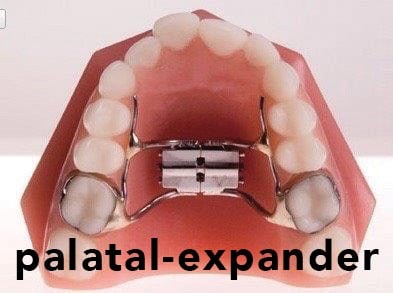 But the point is that a timely use of such an upper jaw expansion can improve breathing and significantly aid healthy jaw development. Not only is this beneficial for the upper jaw, but it can also enhance lower jaw development and improve airway dimensions. When coupled with a thorough ENT evaluation and treatment plan, the patient has a very good prognosis for avoiding sleep apnea as an adult. ENT treatment can include controlling nasal allergies with medication as well as removing tonsils and adenoids and recontouring the structures in the nasal area.
But the point is that a timely use of such an upper jaw expansion can improve breathing and significantly aid healthy jaw development. Not only is this beneficial for the upper jaw, but it can also enhance lower jaw development and improve airway dimensions. When coupled with a thorough ENT evaluation and treatment plan, the patient has a very good prognosis for avoiding sleep apnea as an adult. ENT treatment can include controlling nasal allergies with medication as well as removing tonsils and adenoids and recontouring the structures in the nasal area. 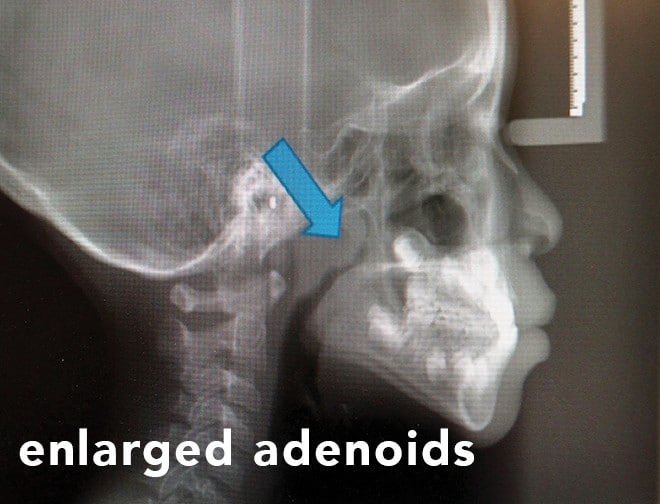 Working together, the pediatrician, ENT, and orthodontist can mitigate the need for and the expense of medical treatment for sleep apnea later in life. The end result is nothing less than an improved quality of life.
Working together, the pediatrician, ENT, and orthodontist can mitigate the need for and the expense of medical treatment for sleep apnea later in life. The end result is nothing less than an improved quality of life.
In the adult, sleep apnea results in chronic high blood pressure, increased chance of stroke, and inhibited optimal brain function, all because the patient does not breathe through the nose and sleep soundly. Daytime drowsiness results in poor performances at work or school and increases the risk for car accidents resulting from inattentive driving. The medical costs of any of these occurrences can be enormous.
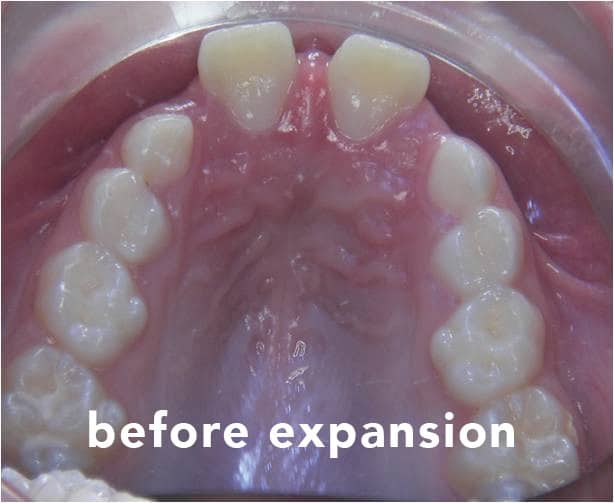
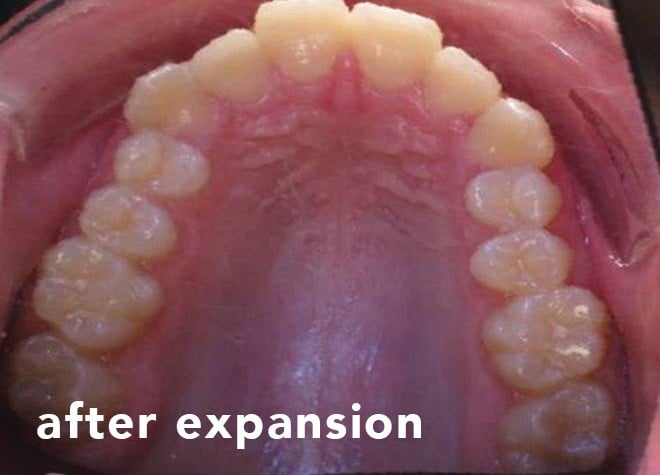
Early orthodontic treatment improves outcomes for children. In most orthodontic offices, the initial evaluative consultation is complimentary. But it should include a careful examination and a review of the child’s medical history coupled with photographs and x-rays in order to establish a sound base line. Being an informed parent, makes it easier to make good decisions and to set a successful course of growth and development for your child.
About
Dr. Connie Greeley did her undergraduate work majoring in Pharmacy at Temple University. After graduating, she remained a student on campus at the School of Dentistry where she received her Doctor of Dental Surgery degree. She was an honor student in college and dental school. She earned her certification in Pediatric Dentistry at the University of Maryland and then returned to Temple University for her certification in Orthodontics.
Dr. Greeley is board-certified by the American Board of Orthodontics. She serves on the Cleft Palate Team at A.I. DuPont Hospital for Children and is on the volunteer teaching staff at Christiana Care Wilmington Hospital Department of Dentistry. Dr. Greeley is past-president of the Delaware State Dental Society, the Middle Atlantic Society of Orthodontists, and the Greater Philadelphia Society of Orthodontics. She is a member of the American Dental Association and the American Association of Orthodontists.
transform your life with a beautiful smile at:
Greeley Orthodontics, PA
400 Old Forge Lane, Suite 406
Kennett Square, PA 19348
484-346-7846

